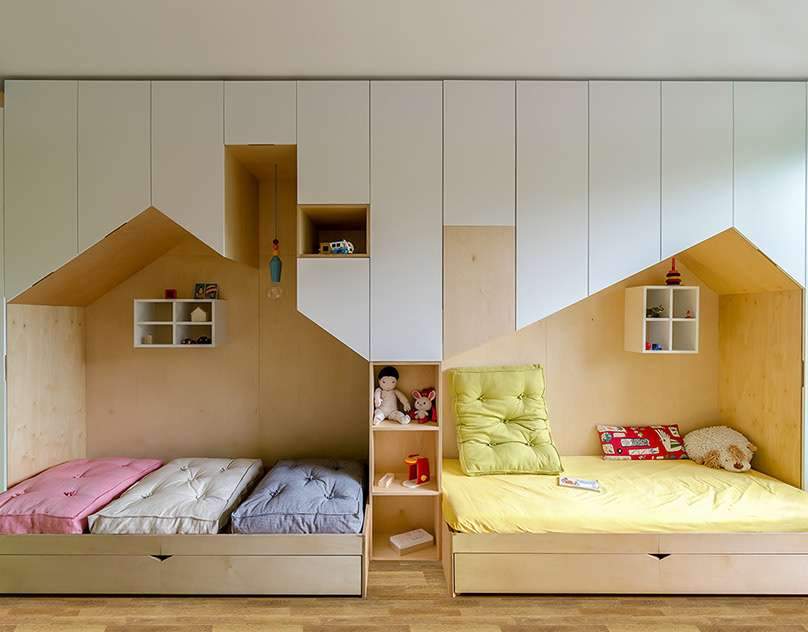The new pandemic emergency has brought up many issues about the fate of spots to live and work. The New Crude mirrors the ‘new ordinary’: is it a thing? Will it remain or will it become outdated before long?
Simultaneously, we live in a period where advanced assembling innovations are empowering us to think, plan, and produce the things that encompass us at a quicker pace than at any other time. Furniture is no particular cause for this standard; which is why it is currently important to plan and deliver it reasonably.
Since its initiation, The New Crude has zeroed in on creating feasible items and creation processes. We do this by considering end-of-utilization cycles, by utilizing waste materials as a plentiful neighborhood asset, and by computerized fabricating as a decentralized and limited creation technique.
Pursuing an economical future, we frequently pose ourselves with 3 inquiries that additionally characterize our guiding principle. It’s insufficiently made with reused plastic. Working with reused plastic to make furniture has a positive natural effect. Albeit this isn’t sufficient.
What amount of reused plastic does the item contain? What sort of plastic? Where does it come from? Addressing these inquiries for every one of our items empowers us to profoundly assess the effect of our material decision.
One necessity is to think about the full life cycle and pick privately sourced materials to reuse. Just as increment the level of reused materials in the item.
We explore constantly the utilization of new sorts of plastic waste. For instance, from marine or metropolitan sources in our printing interaction. Simultaneously, we utilize the most elevated conceivable level of waste and overhaul it. To wrap things up, we work to make the materials cycle more straightforward by taking part in the reusing system and teaming up with providers and neighborhood networks.
Planned internationally, sourced, and created locally. We consider 3D printing, the vehicle that carries us nearer to decentralized neighborhood creation. Working with 3D imprinting for an enormous scope and solely with plastic waste permits us to foster round furniture that is essential for a short shut cycle and offers networks anyplace a more practical way of building their environmental factors.
This is the thing that we tried in 2019 for public furniture at HANTH Square in Thessaloniki (GR) utilizing Print Your City. Working with reused materials can be troublesome because of issues like pollution of the material or contaminations. In our waste-to-item process, we follow the means of arranging, destroying cleaning, and afterward 3D printing. We impede plastic by avoiding the pelleting system and making the wick; thusly, we utilize less energy in the plastic reusing process. Additionally, using advanced craftsmanship, it is feasible to accomplish characteristics that are unrealistic with other assembling strategies, like utilitarian installations and multifunctional structures.
Simple to dismantle and reuse plan. Plastic is a material that enjoys many benefits. It is modest, lightweight, and sturdy. Even though it is a substance that is hard to discard after utilization. Along these lines, it becomes important to plan the full pattern of this material and particularly its existence in the wake of death methodologies. Every one of our items is 100% round. Which means they can be handily fixed, reused, or reused.
All of our furniture is mono-material constructions with solid material, feel, and execution. Toward the finish of its utilization, it very well may be destroyed and utilized again as natural substances for our next items.







